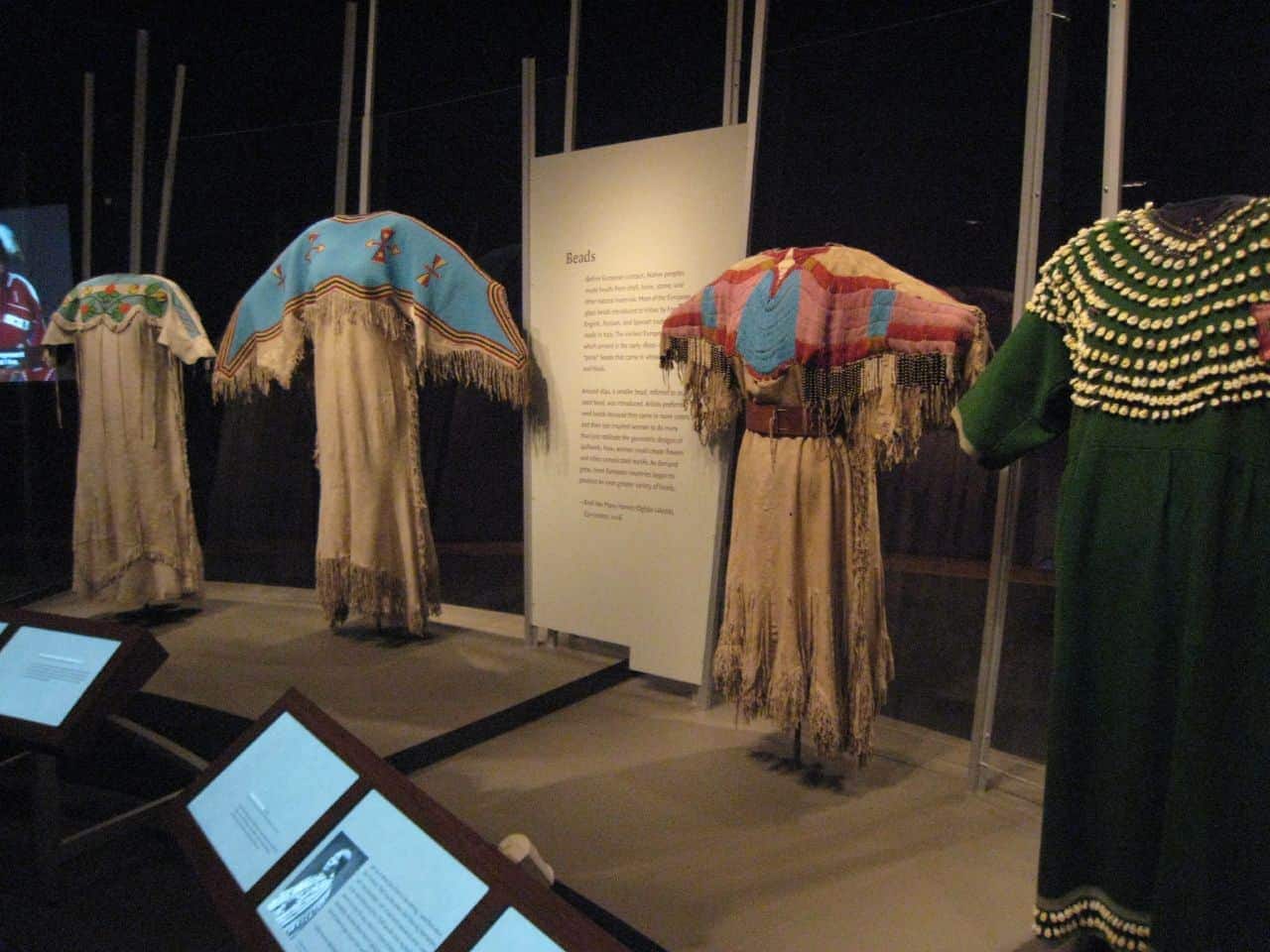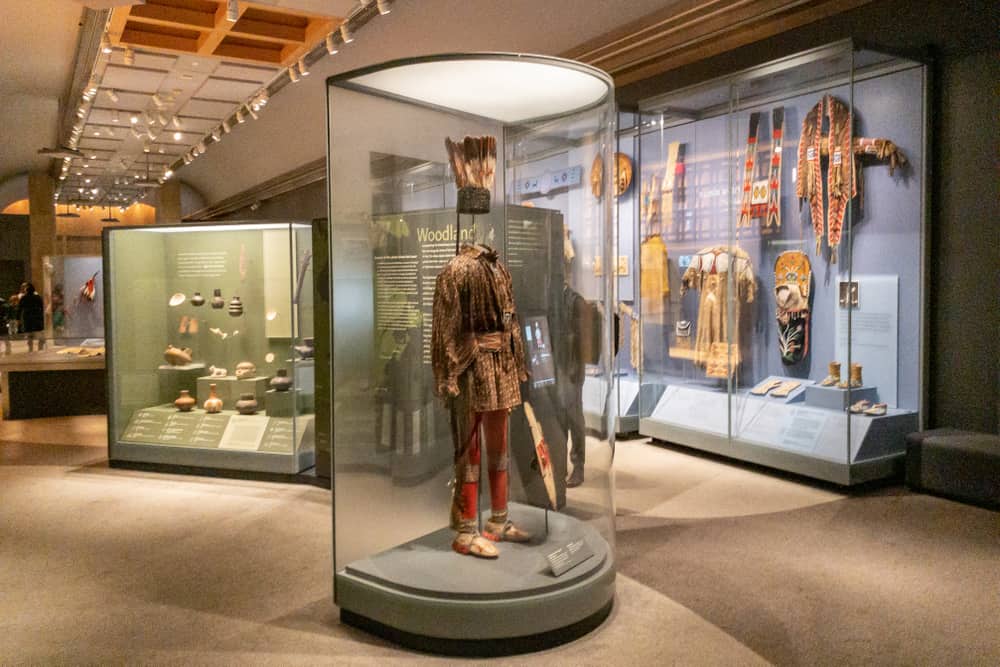
Native American Museums: Sanctuaries of Deep Cultural Learning and Decolonization
Museums, traditionally serving as repositories of human history and cultural heritage, have undergone a profound transformation in their approach to representing Indigenous peoples. For centuries, Native American cultures were often depicted through an external, often colonial, lens, relegating vibrant living traditions to static historical artifacts. However, a new paradigm has emerged, championed by Native American museums themselves, which offers unparalleled opportunities for deep, authentic, and nuanced learning about Indigenous traditions. These institutions are not merely exhibition spaces; they are vital cultural centers, educational hubs, and critical instruments of decolonization, re-centering Indigenous voices and epistemologies.
The Evolution of Representation: From Curiosities to Cultural Sovereignty
To understand the profound impact of contemporary Native American museums, it is essential to trace the historical trajectory of Indigenous representation. Early collections, often amassed during periods of colonial expansion, were frequently products of appropriation, focused on "salvage anthropology" – the collection of objects from cultures perceived as "vanishing." These items were displayed in natural history museums or "cabinets of curiosities," often stripped of their cultural context, spiritual significance, and the voices of their creators. The narratives presented were predominantly Eurocentric, framing Native Americans as relics of the past, devoid of agency or continuity.
The mid-20th century witnessed a gradual shift towards ethnographic museums, which, while attempting to present more holistic views, still largely maintained an "us looking at them" dynamic. Curators were predominantly non-Indigenous scholars, and the interpretations often reflected academic theories rather than Indigenous self-understanding.

A pivotal turning point arrived in the late 20th century, spurred by the growing Indigenous rights movement and a demand for self-determination. The passage of the Native American Graves Protection and Repatriation Act (NAGPRA) in the United States in 1990 was a landmark legislative achievement. NAGPRA mandated the return of human remains, funerary objects, sacred objects, and objects of cultural patrimony to lineal descendants and culturally affiliated Native American tribes. This act not only facilitated the physical return of ancestral heritage but also catalyzed a fundamental re-evaluation of museum ethics, collection practices, and the very concept of ownership over cultural property.
Simultaneously, Native American communities began establishing their own tribally controlled and operated museums and cultural centers. Institutions like the Mashantucket Pequot Museum & Research Center, the Cherokee Heritage Center, and the National Museum of the American Indian (NMAI) (which, while a national institution, was developed in close collaboration with Native American communities across the continent) exemplify this shift. These museums are built upon principles of Indigenous self-representation, cultural sovereignty, and the active participation of tribal elders, knowledge keepers, and artists in every aspect of exhibition development and interpretation.
The Unique Pedagogy of Native American Museums: Holistic and Decolonizing
The deep learning offered by Native American museums stems from their distinctive pedagogical approach, which prioritizes Indigenous epistemologies and challenges colonial narratives.
-
Authenticity and Indigenous Voice: At the core of these institutions is the commitment to presenting stories by Native Americans, not just about them. This means that curatorial decisions, interpretive texts, and exhibition designs are guided by Indigenous perspectives, languages, and cultural protocols. Visitors encounter narratives directly from tribal members, elders, and contemporary artists, fostering a profound sense of authenticity that is often absent in institutions without this direct Indigenous control. This shift transforms the museum from a passive repository into an active platform for self-narration.
-

Holistic Understanding of "Tradition": Unlike traditional museums that might categorize "tradition" into distinct silos like "art" or "history," Native American museums present culture as a living, interconnected web. They emphasize that traditions are not static relics of the past but dynamic, evolving practices that inform contemporary Native life. Learning extends beyond material culture to encompass spiritual beliefs, oral histories, languages, governance structures, land stewardship practices, social systems, and the profound relationship between people and place. For instance, an exhibition on a ceremonial object will not just describe its physical attributes but delve into its spiritual significance, the stories associated with it, the songs and dances it accompanies, and its role in maintaining community cohesion.
-
Decolonization of Knowledge: These museums actively work to dismantle colonial myths and stereotypes. They confront historical injustices, such as forced removals, assimilation policies, and the misrepresentation of Indigenous peoples as "primitive" or "savage." By presenting accurate historical accounts and celebrating Indigenous resilience and adaptability, they empower visitors to critically examine their own preconceived notions and to understand the enduring impact of colonialism on Native communities. This decolonizing praxis is central to deep learning, as it requires a fundamental re-orientation of one’s understanding of history and cultural power.
-
Language Revitalization: Recognizing language as the ultimate repository of cultural knowledge, many Native American museums integrate Indigenous languages into their exhibits. This includes providing translations, offering language classes, and showcasing the efforts of language revitalization programs. Learning about traditions in the context of their original linguistic frameworks offers an unparalleled depth of understanding, as language encodes specific worldviews, philosophical concepts, and cultural nuances that cannot be fully translated into English.
Key Approaches to Fostering Deep Learning
Native American museums employ a variety of innovative strategies to engage visitors and facilitate deep learning:
-
Community Engagement and Living Culture Bearers: Rather than merely displaying objects, these museums often feature "living exhibits" where tribal elders, artists, and knowledge keepers share their skills and stories directly. Visitors might observe traditional basket weaving, storytelling, beadwork, or musical performances. This direct interaction transforms learning from a passive observation into an active, interpersonal exchange, emphasizing that traditions are embodied knowledge passed down through generations.
-
Experiential and Interpretive Exhibits: Many institutions utilize immersive environments, interactive displays, and multimedia presentations to transport visitors into Native lifeways. Recreated traditional dwellings, sensory exhibits (e.g., sounds of the forest, smells of traditional foods), and virtual reality experiences allow for a more visceral and empathetic connection to the cultures being presented. Storytelling, a foundational element of Indigenous pedagogy, is central to these interpretive approaches, weaving narratives that connect past, present, and future.
-
Repatriation and Reconnection: The process of repatriation itself is a powerful learning tool. When objects return to their communities of origin, their full cultural and spiritual context can be restored. Museums often create exhibits around repatriated items, explaining their journey, their significance, and the cultural protocols surrounding their care. This highlights the ongoing relationship between objects, people, and land, and underscores the vital role of cultural heritage in community healing and revitalization.
-
Contemporary Relevance: To counter the "vanishing Indian" myth, Native American museums consistently highlight the vibrancy and dynamism of contemporary Indigenous cultures. Exhibits explore modern issues such as environmental justice, sovereignty, economic development, artistic innovation, and political activism. This demonstrates how traditions adapt and thrive in the 21st century, providing visitors with a complete picture of Native American resilience and ongoing contributions to global society.
Challenges and Future Directions
Despite their transformative impact, Native American museums face ongoing challenges, including securing sustainable funding, attracting diverse audiences, and continually evolving their decolonizing practices. The digital age presents both opportunities and challenges, offering new avenues for outreach and education while demanding careful consideration of cultural protocols in online representation.
The future of Native American museums lies in their continued role as dynamic cultural centers that not only preserve and interpret the past but also actively shape the present and future. They are crucial for fostering cross-cultural understanding, promoting social justice, and inspiring a deeper appreciation for the rich tapestry of human diversity. By centering Indigenous voices and offering a holistic, decolonized understanding of traditions, these institutions serve as indispensable guides for anyone seeking a truly profound and meaningful engagement with Native American cultures. They are not just places about Native Americans; they are places of Native Americans, inviting all to learn, reflect, and connect.


